Tracing the Evolutionary Tapestry of North Africa
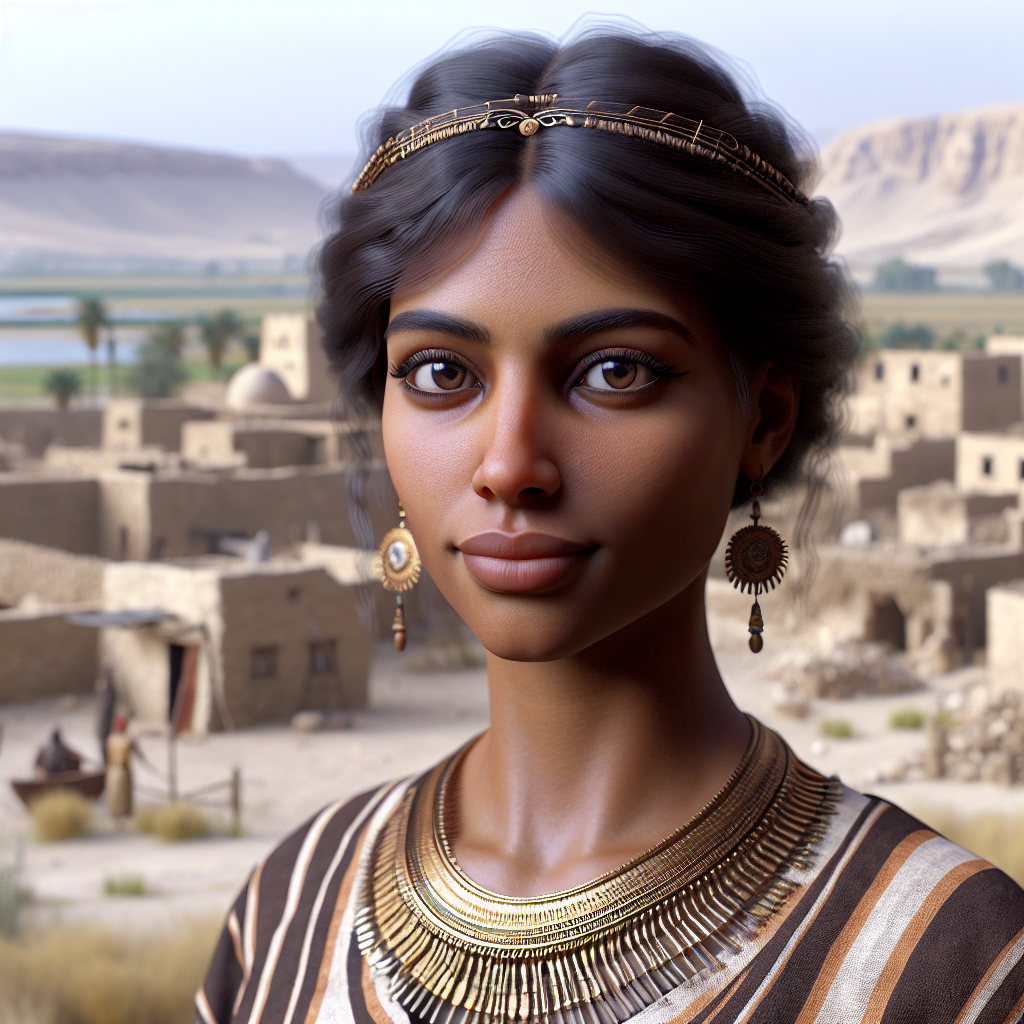
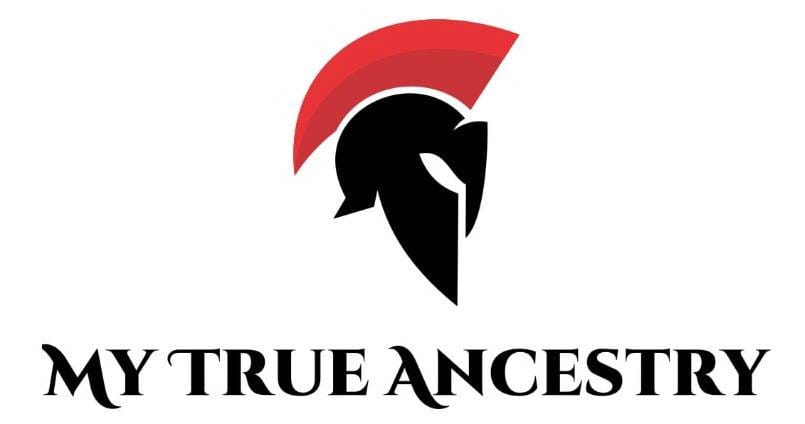
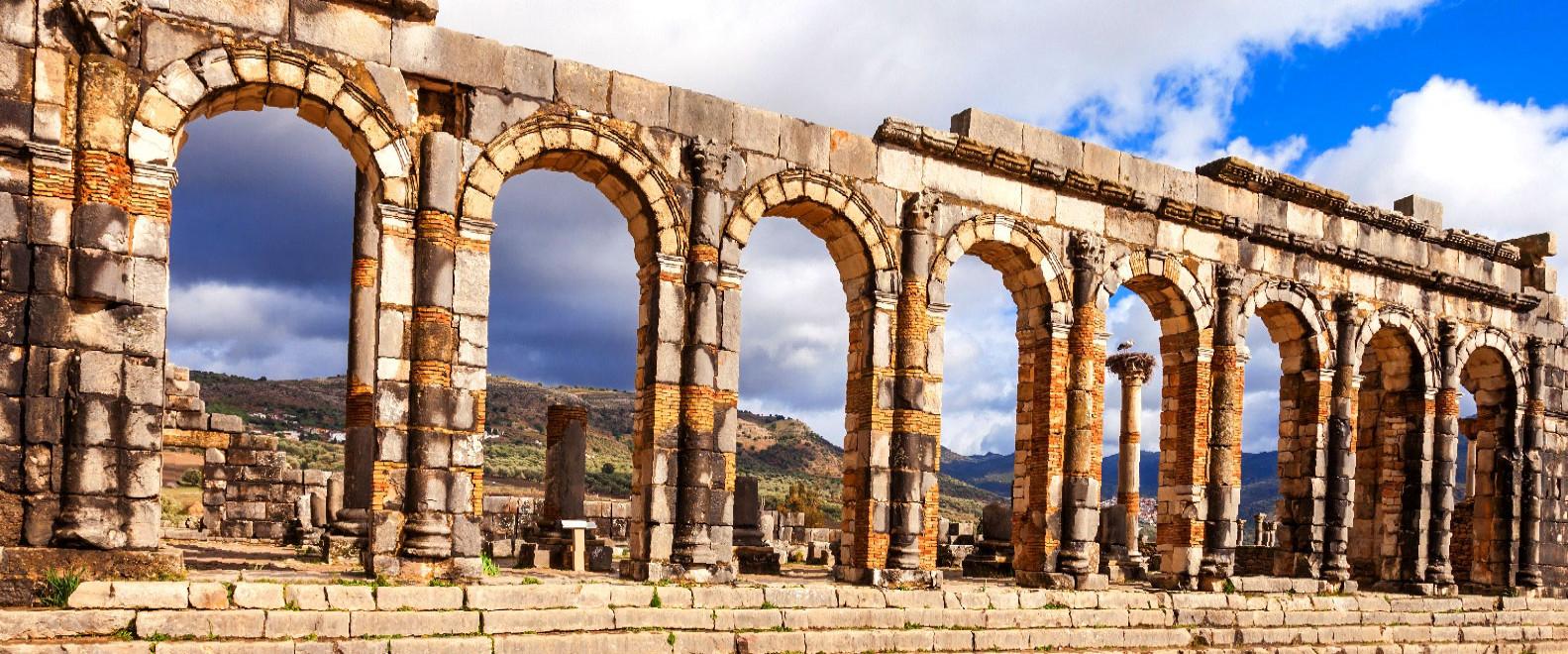
North Africa, a region steeped in history and occupying a unique position in the Mediterranean basin, possesses a genetic diversity as varied and intriguing as its archaeological heritage. This vast region has long served as a vibrant crossroads of human civilization, nestled between the Mediterranean and the Sahara. A monumental study involving a comprehensive analysis of 733 modern and 43 ancient mitogenomes from across Morocco, Algeria, Tunisia, Libya, and Egypt paints a vivid picture of human migrations and cultural interactions that span millennia, revealing the dynamic movements and interactions among diverse human populations over more than 40,000 years.
North Africa serves as a palimpsest of ancient human habitation, offering a living museum of human stories that stretches back to the dawn of our species. From the ancient landscapes of Morocco's Jebel Irhoud—home to some of the earliest Homo sapiens fossils dating back approximately 315,000 years—to the vibrant cultures of the Aterian and Iberomaurusian, North Africa's archaeological sites provide crucial clues to the genetic legacies linked to diverse epochs. The Taforalt Cave in Morocco, housing ancient remnants of the Iberomaurusian culture with remains dating back to around 13,900-15,100 years ago, illustrates the deep-seated human presence in this region.
The Mesolithic Capsian culture, predominantly found in Tunisia, underscores the mosaic of influences shaping this region long before the Neolithic advent. Archaeological sites such as Kerkouane in Tunisia and Kulubnarti in Nubia illustrate periods of increased mobility and mixing across the Mediterranean, while locations in Cyrenaica, Libya, tell additional stories of early Homo sapiens and their adaptation to changing environments. These sites collectively reveal a striking blend of local and migrant influences, marked by both ancestral North African and sub-Saharan genetic components.
The bustling movements across North Africa have been profoundly influenced by climate changes that opened and closed pathways across this historically dynamic region. Among the most intriguing findings is the evidence of human dispersals associated with the "Green Sahara" period, a lush epoch that peaked between 15,000 and 5,000 years ago. During this transformative time, the Sahara was not a barren expanse but rather a habitable landscape and fertile corridor that facilitated significant northward movement of populations from sub-Saharan Africa.
This climatic window allowed for human settlements throughout what is now one of the world's most arid deserts, with sub-Saharan populations moving northward and leaving female lineages that we can trace today through DNA analysis. The Green Sahara period marked notable movements of human groups, enriching North Africa's genetic diversity through both male and female lineage movements. These paths left indelible genetic signatures, illustrating a history where women were as central to migrations as men, fundamentally challenging our understanding of ancient population movements.
The Neolithic era heralded marked transitions, with fresh genetic strains arriving from Europe and the Middle East like a tidal wave of genetic inputs. This period brought agriculture and new cultural traditions, evidenced at sites that show a blend of the indigenous Maghrebi and incoming Mediterranean lineages. The chronological journey through the Palaeolithic to the Neolithic stands as a testament to human resilience and adaptability, with archaeological evidence revealing new cultural syncretism and demographic reshaping.
The spread of the Berbers—also known as Amazigh—who form a significant part of North Africa's heritage and whose diverse cultures enriched the Afro-Asiatic linguistic family, adds further depth to the genetic puzzle. The rise of these Berber populations brought diverse cultures under this language family, creating complex cultural interactions that would define the region for millennia to come.
The study traces back the influences of various historical groups, each leaving indelible marks on the genetic landscape. The Phoenicians arrived around 1200 B.C., leaving behind maritime trade routes and establishing settlements that would influence the region for centuries. Romans marched in from the second century B.C., and though their political power eventually waned, traces remain etched in architectural grandeur and genetic imprints.
Fast forward to the 7th century A.D., and the Arab expansion fundamentally reshaped North African society, introducing the Arabic language and weaving complex socio-cultural tapestries still evident today. The Arabization of Berber populations serves as a testament to such deep cultural and genetic integration. These most recent centuries added layers of complexity with each era etching its influence into the fabric of North Africa, creating the intricate demographic patterns we observe in contemporary populations.
Our scientific adventure is enriched by the careful analysis of these mitogenomes—the maternal DNA—which serve as genetic time capsules sourced from archaeological sites across the region. These genetic sequences reveal narratives of ancient migrations and interactions, with the Iberomaurusian remains alone guiding us back 15,000 years and offering insights into North Africa's intrinsic genomic component known as the Maghrebi, featuring characteristic haplogroups U6 and M1.
Modern genomic techniques invite us to peer closer into this genetic tapestry, with mitogenomes revealing connections across continents and highlighting fascinating pathways across and beyond the Sahara. The smallest mutations whisper tales of connections extending to Sardinia and Andalusia, suggesting pathways of female-mediated gene flow that span over 3,000 years. These stories of linkage illustrate the shared histories and cultural convergences that define much of North African and Mediterranean identities today.
This comprehensive research reveals that North African populations are genetic amalgams, bearing traces of Eurasian, sub-Saharan, and indigenous Maghrebi lineages. The genetic tapestry is woven with threads from multiple continents, creating a mosaic far more intricate than previously thought. The Sahara, both a bridge and barrier, dictated human dispersal patterns in this vast region, with its shifting sands leading to prolonged isolation phases which, combined with fresh genetic infusions over time, forged a unique tapestry of diversity.
During favorable climatic periods, there were notable exchanges that enriched the genetic landscape, while periods of isolation allowed for the development of distinct regional characteristics. The challenges of preserving ancient DNA in North Africa's climate have been surmounted with recent technological advances, allowing researchers to unlock these historical secrets with an unprecedented level of detail and accuracy.
Through modern genomics and archaeological collaboration, scientists are piecing together complex puzzles, recognizing ancestral origins tied firmly in both distant and near regions. Contemporary research fills gaps that straddle different eras, revealing untold stories hitherto buried beneath sand dunes and forgotten ruins. The persistent echoes of distant ancestors remain with us in modern mitogenomes, providing windows into the past that illuminate the present.
This genetic diversity is as sweeping as North Africa's cultural epic, and by understanding mitochondrial DNA's story, we come closer to understanding our shared origins and the profound journeys humans have embarked upon across these majestic landscapes. The research demonstrates how centuries of migration, isolation, and cultural exchange have shaped the diverse genetic landscape we observe today.
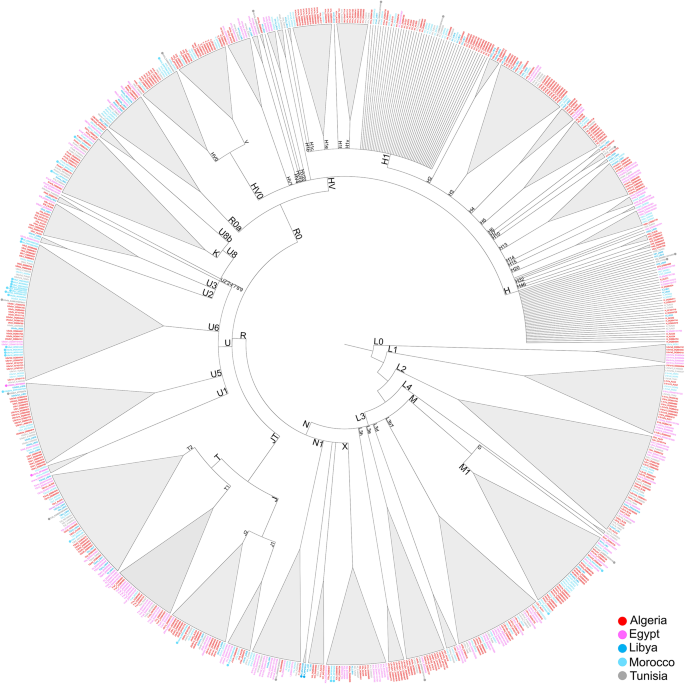
Comments